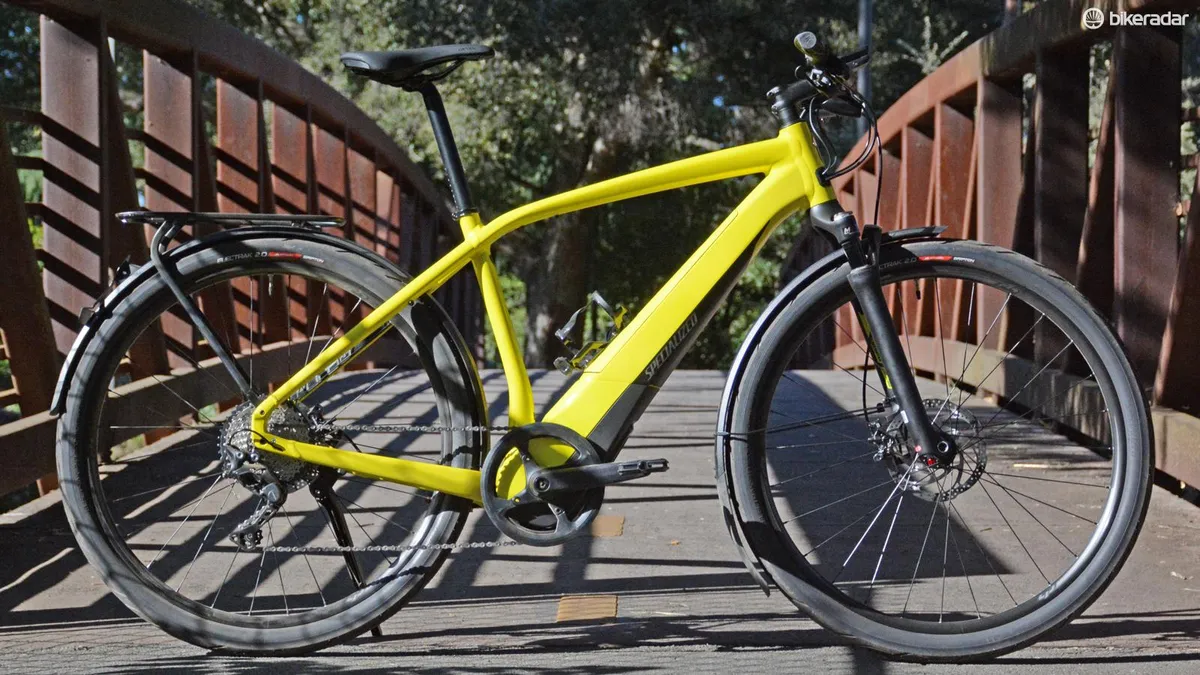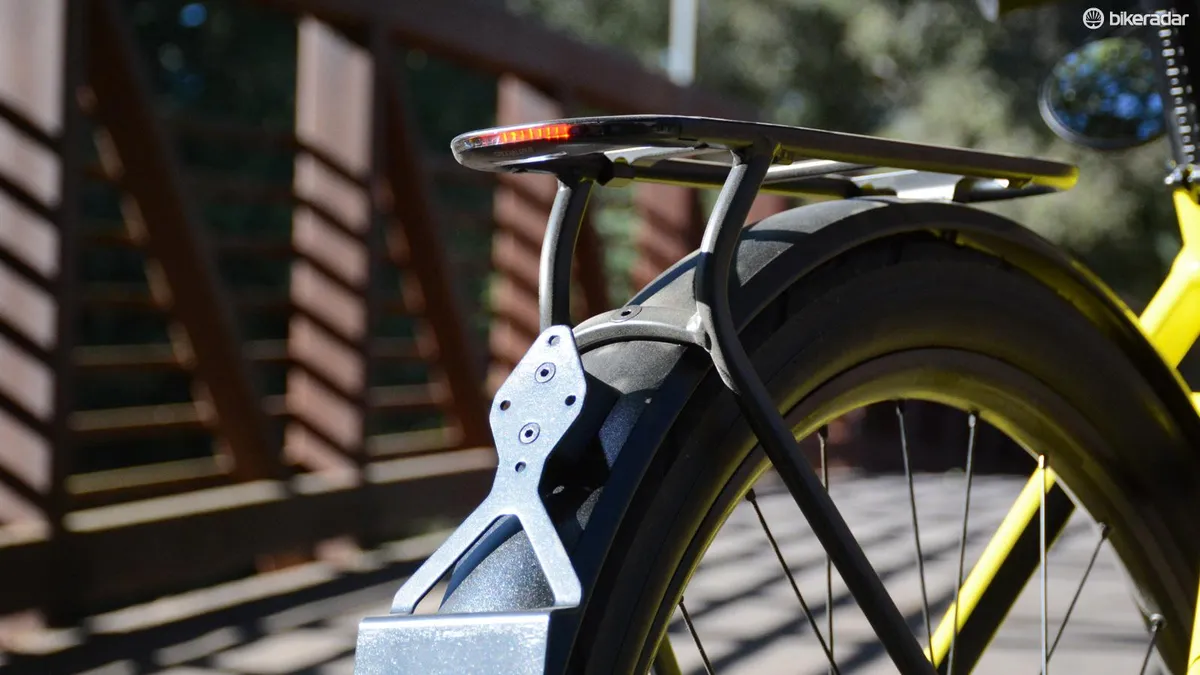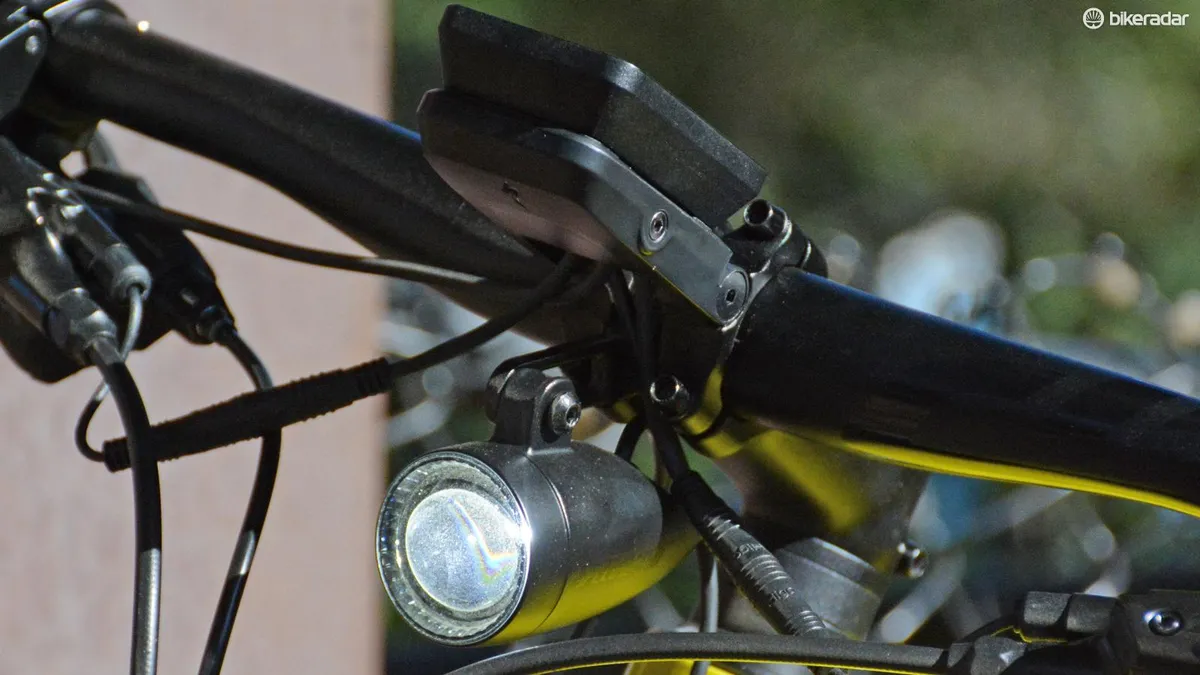Does the bike industry need saving? While it's an amazing industry filled with brilliant, passionate people, the cold, hard fact is that the bicycle industry is a mature market at best and a declining market at worst.
That means while bikes are getting better, the sport of cycling is not growing, somehow these glorious machines aren’t attracting new people.
This isn't new territory for cycling, it's been through a lull and resurgence before back in the eighties with mountain bikes.
After the do-no-wrong bike glory days of the seventies, market saturation happened quickly and soon felt the challenge of only having basically one commodity, the road bike.
Then mountain bikes burst onto the scene and shook up the diminishing world of road bikes with new technology, care-free attitudes, and a refreshing breath of not-so-serious fun.
Can e-bikes bring more riders?
So, can e-bikes bring more riders? At least one highly influential industry leader believes so.
Mike Sinyard, the founder and owner of Specialized, who himself played a gigantic role in bringing mountain bikes to the world, thinks e-bikes might get more people on bicycles.

While at a recent e-bike launch, Sinyard noted that, “Just like the original mountain bike, e-bikes can bring a lot more people in.”
Supporters of e-bikes often tout their usefulness for people who may be older, or disabled, or not as strong as their partner but still want to ride with them. Those are all fantastic uses, but they somewhat focus on only the current demographic already interested in bikes.
What about those people completely apathetic towards cycling in general? How does the bike world get their attention?
Kill the excuses
People can and will start paying attention when the bicycle switches from a solely recreational machine to an actual transportation device.
Think about it in terms of cars. How many people would buy cars if they were merely used for fun and not everyday chores and transportation?
E-bikes can fill that gap because they remove almost all of the worn out excuses for not riding a bike.
Riding is too hard. Nope, not with an electric motor multiplying your power by over 300 percent.
I can’t arrive sweaty. Sweating is totally optional on an e-bike. Yes, you can get a workout and jack up your heart rate, but you don’t have to.
Bikes are too slow. There are two main types of e-bike in the US: type one maxes the assist out at 20mph and type two bumps the speed up to 28mph. While certainly not highway speeds, those numbers are more than most urban traffic. For example: New York City averages 17.6mph, and Los Angeles 26.8mph.
It’s too far to ride. First of all, most vehicle trips are a short distance, the average for Americans is 29.2 miles over two trips. Second, most e-bikes have assist levels to choose from and the corresponding mileage range. Specialized even goes so far as to include a smartphone app that lets you set your destination and tailors the battery’s power output so you get there easily.
I have to carry things. Urban e-bikes are often equipped with racks and panniers, and unlike trying to pedal a heavy load, loading an e-bike up doesn’t diminish the speed or range as much as riding without assist.

Last but not least, they’re not race bikes. The bike industry is notorious for chasing its tail, designing and marketing elite level machines for only the smallest percentage of uber athletes. Rock-hard, tiny saddles, crazy humped over riding positions and ridiculous skin tight superhero outfits don’t appeal to the non-riding masses. Having a cup holder, bright lights, a sturdy rack and a kickstand for easy parking does.
What’s the benefit?
The benefit stretches well into regular, non-electric bikes. More riders mean more biking infrastructure — more bike lanes, more paths and more trails.
More riders also mean more awareness. The more often drivers interact with cyclists, the more aware they’ll be that they’re sharing the road.
There will be more technology on regular bikes.
Technology takes research and development, which costs money. When bike companies add another category of bikes, their bottom line increases and you can bet they’ll spend some of that money making even better road and mountain bikes.

And really, what’s the downside of more folk leaving the car parked and commuting on electricity? Fewer cars chewing up the roads; less fossil fuel burned; a healthier population; likely a happier population; and less traffic and more parking for those who do drive.
Are e-bikes the future of all cycling? No, the bike is man’s greatest invention of all time, but for the bike industry to continue, we need to get more people on them and e-bikes just might be the answer.
